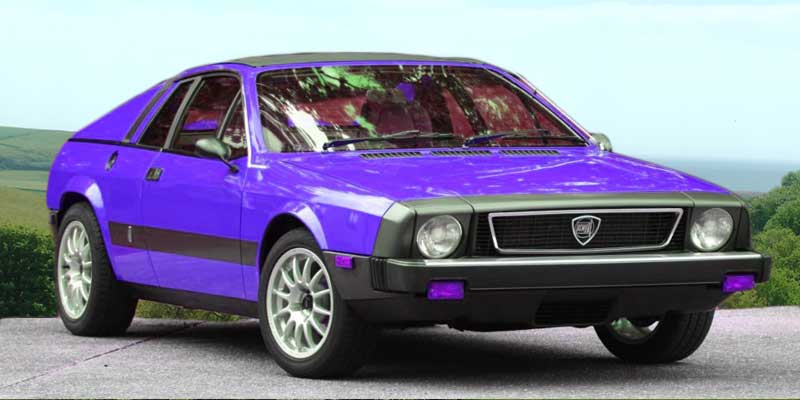Lancia Beta

Back in the 1970s the Italian car manufacturer Fiat thought that it had pulled off a good deal. They sold a lot of the tooling for their discontinued Fiat 124, and manufacturing rights, to the Russian government in exchange for large quantities of steel. Unfortunately, they were sold a pup and the steel proved to be of very poor quality. This was only discovered after Fiat and it's subsidiary Lancia had built it into their cars.
The birth of a rustbucket
On the face of it The Beta was going to be an excellent car. Its four-cylinder double overhead camshaft two litre engine could propel it to 117 mph through a five-speed gearbox. There was rack and pinion steering, disc brakes all round, a range of body styles, and a fully independent suspension system featuring MacPherson struts. The only real problem problem was rust; but this was a major, major problem!
Were new owners satisfied with their purchase?
Unlucky owners who bought the early Betas found that their chic Italian motors turned into rust buckets in only a couple of years. Indeed, there are a number of people who claimed they found pitting under the paintwork as soon as they took delivery of their new cars.
Why did it rust so quickly?
There are various theories for this. Firstly the quality of the steel that was provided to them was extremely suspect and in fact in 1998 a major Russian car manufacturer stated that they would only use imported steel for their vehicles since Russian metal was of such inferior quality. However, there have also been claims that many body parts were left out in the rain for a long period before they were painted. Thirdly, after the rusting issue came to light sales tailed off dramatically and there were reports of hundreds of unsold Betas sitting for anything up to a couple of years on abandoned airfields whilst the bodywork and engine mountings corroded away quietly.
What happened to them?
Eventually Aston Martin took over 300 of these rot boxes, heavily rust proofed them and customised them in an effort to pawn them off to unsuspecting buyers but the word had got out, and Lancia was finished in the United Kingdom.
Are they still saleable?
Perhaps they might have been had any survived this long. The only ones you're likely to see are slowly collapsing into the ground, surrounded by brown dust, in a scrapyard or barn somewhere.